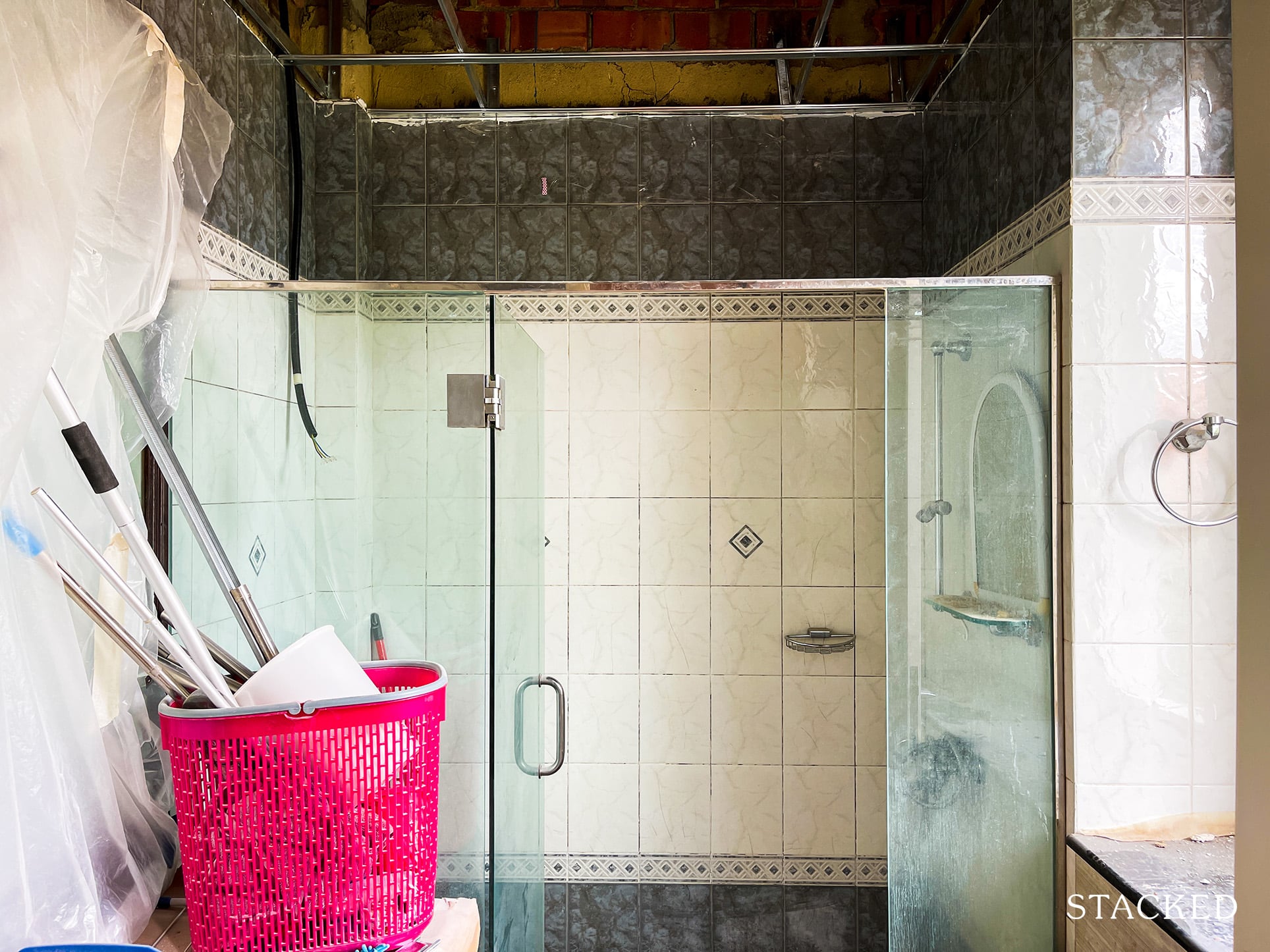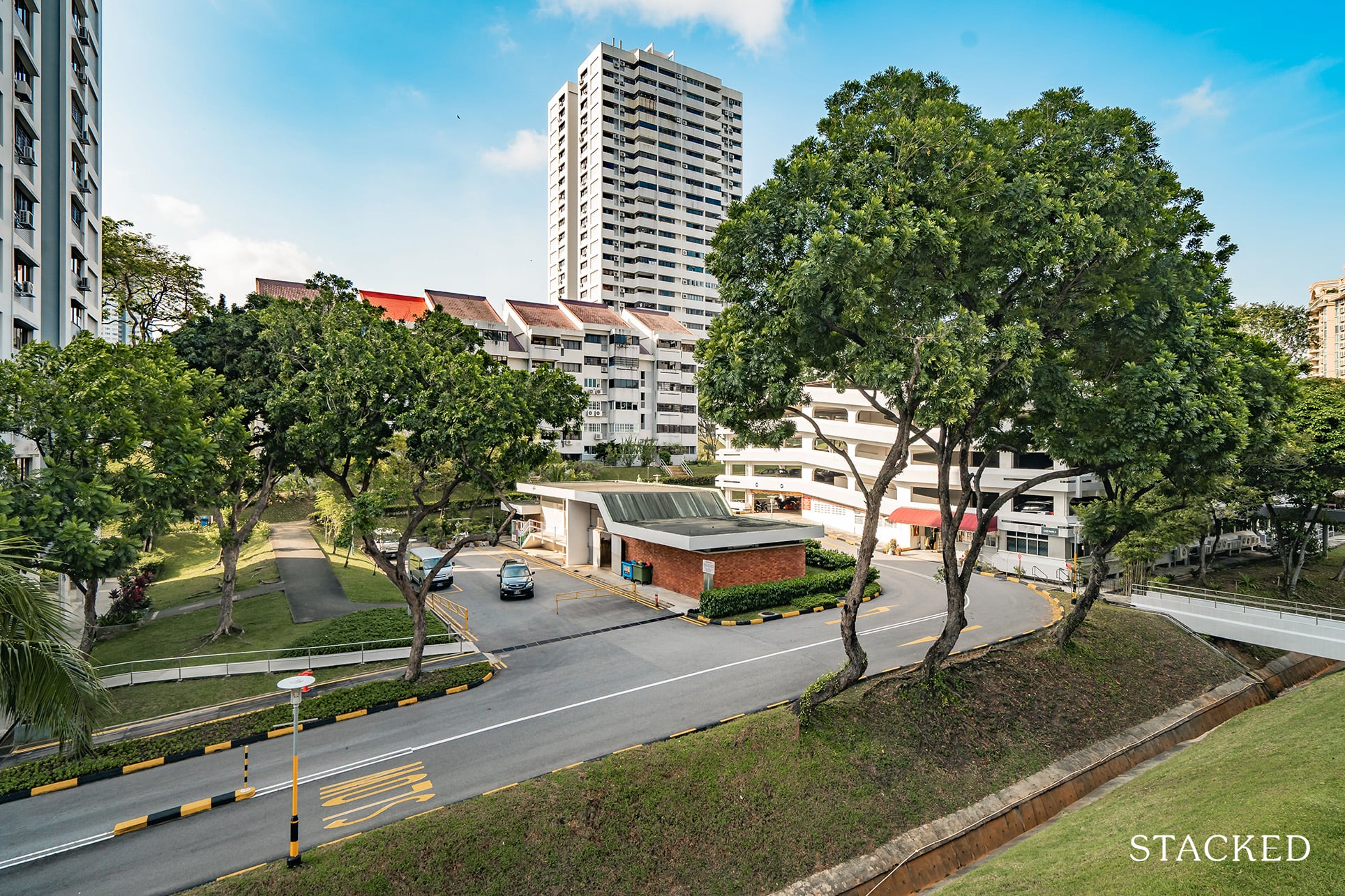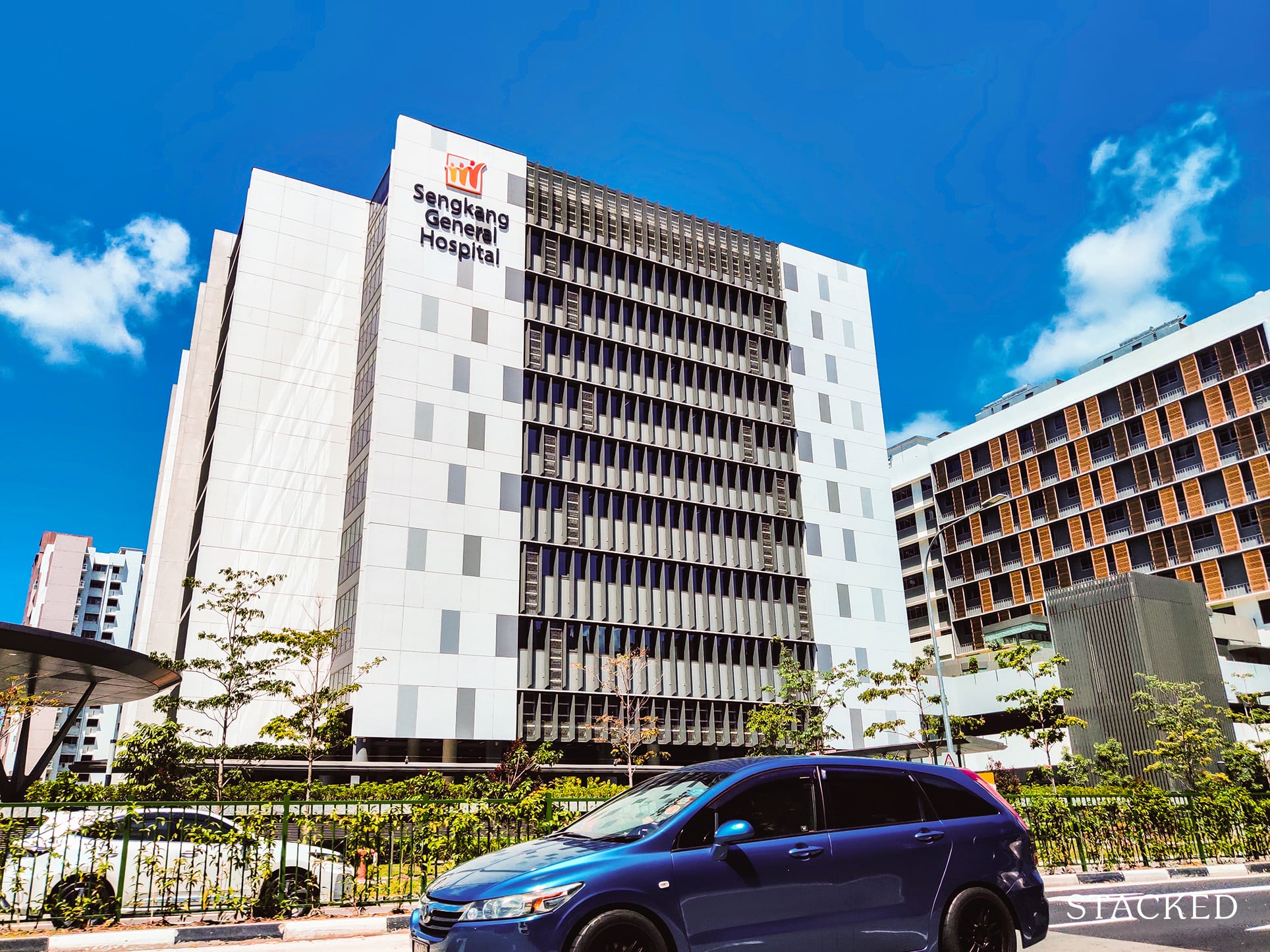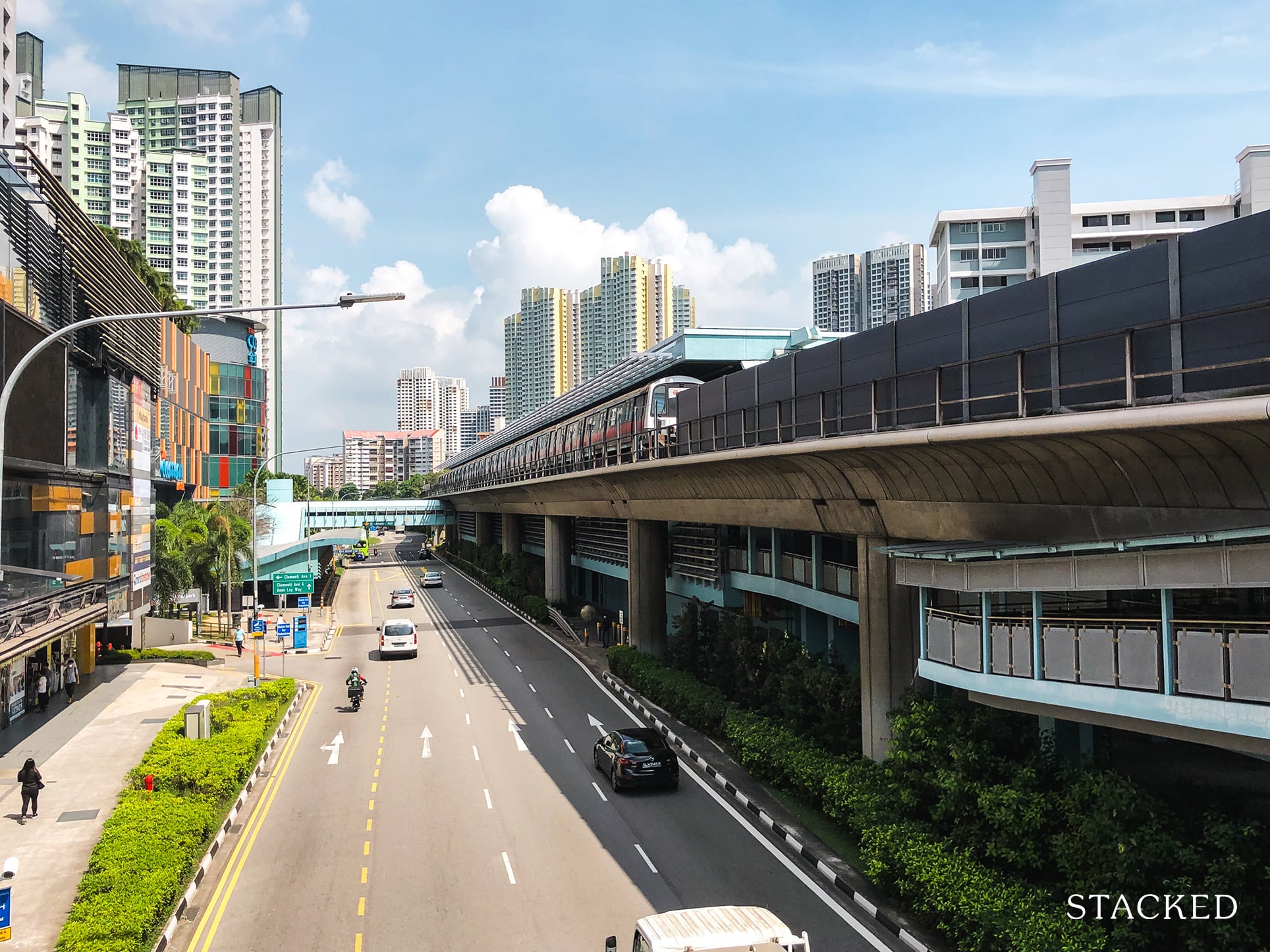7 useful tips for soon-to-be retirees to find the ideal forever home

Finding a home for the rest of your life can be an emotional event. For many, it’s seen as being the last milestone of a life well-lived.
This is the one property purchase for which we’d say go ahead and be emotional. Preference should win out over cold numbers and practicality for the final home. However, you can still shortlist properties in a rational way, that complements those emotional needs:

If you’re not living with a domestic helper or other family members, some property features make maintenance difficult – or even dangerous – in your old age. The most common problems are:

En-bloc sales may be a windfall to younger owners, but it’s a massive pain in the posterior for 70 or 80+ year old residents who have settled in. Being forced to look for a new home at that age is a rough experience, and there may be financial complications involved (e.g., if you’re past 65 you may be unable to get a loan; and you need to wait for some time for the sale proceeds to arrive).
There’s also the stress of moving, and you typically won’t be able to achieve the same lifestyle as you had before. Depending on how positive the financial outcome of the en-bloc sale is, you may also not be able to find a similar-sized unit in the same location that you are used to. One of the notable examples would be the Gillman Heights en-bloc, where many of the retirees ended up on the wrong end of the deal.
For this reason, we caution older buyers against properties where multiple or recent en-bloc sales have been attempted.
While this is a non-issue for most HDB flats or freehold landed homes, you need to be wary of it for older condos, apartments, and cluster housing. You can ask the seller or your property agent to dig up information on past en-bloc attempts, and how close they’ve come.
Certain renovations will be needed for your safety as you get older. These include grab bars and non-slip floors, as well as repositioning light switches (as you get older, you’ll appreciate having these at a more comfortable height).
HDB has an Enhancement for Active Seniors (EASE) program, to install these changes in flats at a subsidised cost (this is under the Home Improvement Scheme). If you look for a flat that has already got these improvements, it could save you money in the long run.
For private properties, you may want to look for those that already have these implements; or those where previous residents have already installed features like chair-lifts. Otherwise, you need to check with the contractor to see what can or can’t be installed (e.g., not every landed property can accommodate a lift for older residents, even if you’re willing to pay the costs).
This can also be in and around the estate as well. For example, having a swimming pool that has beach-like access for easier accessibility, or fewer steps to traverse to get around the estate. Do consider accessibility outside the estate as well, as sometimes too many busy roads to cross to get to amenities may also be a cause for concern.

A common feature to look for, when buying properties, is the proximity of good schools. This is true for younger homeowners, but less so for older ones.
Barring grandchildren attending the same school, it’s of relatively little benefit for an older homeowner to live near Raffles Institution, Nanyang Girls, or other prestigious schools; it often just means paying more. Likewise, living too close to a school can end up being a pure disamenity: schools can bring traffic jams at certain hours, or be a source of noise pollution if the property is too close.
Hospitals are another example of how things may change – younger owners tend to dislike having these nearby, due to the risk of ambulance sirens at night. However, older folk may need more frequent access to healthcare; and in our experience, some have even begun to view the food courts and convenience stores in nearby hospitals as a convenience.
Try to envision whether surrounding amenities will remain that way, many years down the road (assuming they’re still there). Being near your country club right now may seem important, but it may not be the case in your twilight years when your swimming/bowling/golfing days are behind you.

A common mistake when buying a forever home is to focus on who currently lives nearby. E.g., the children or grandchildren are only two bus stops away, or your closest friends all live within the area.
Granted, this is an immediate benefit; but it doesn’t address the possibility that those people may move in later years. This is where you also find the common fear that, once the children move away, all their future visits will stop due to lack of convenience.
The simple way around this is to focus on long-term accessibility: buy a property that is easy to get to, even if it means being a little bit further from the homes of family and friends. It’s better than being in, say, the heart of a landed enclave, where if your children ever move it will take them a 30-minute bus ride and a 1.5-kilometre walk to get to your place.
If your home is near a bus or MRT station, most people won’t find it inconvenient to visit; even if you’re a little bit further away.
Singaporeans are obsessed with buying a freehold property, especially if it’s their forever home. But practically speaking, so long as the lease will last till the end of your life, the only reason to buy a freehold property is legacy value.
Before deciding on that, consider if your children really need to inherit a property: chances are, by the time you’re 60 years or older, your children will have homes of their own (we have a nearly 90 per cent home ownership rate in Singapore).
You may be better off simply leaving behind other assets – like simple cash holdings – rather than the actual house; and said cash amount may be a lot larger if you don’t pay a 15 to 20 per cent premium for freehold status.
This is ultimately a conversation to have with your financial planner or family, but do have it before you decide it’s necessary to splurge on freehold status.

For those who want to buy landed homes, there’s a strong bias toward freehold landed property which you “truly own”, and can build in your own way. While we understand the appeal, consider that strata-titled landed housing, such as cluster housing, may be better as you get older.
For starters, there’s no need to maintain the façade of the properties. This is quite expensive to do on your own, and self-labour (e.g., cleaning out external drains and windows, repainting) is less viable as you grow older.
Second, the common facilities may be helpful for family reunions, which may become more important to you in your old age. From word on the ground, we know many older Singaporeans appreciate the fact that common facilities tend to bring visitors in the forms of relatives, grandchildren, etc. who want to use the pool, gym, and other conveniences.
Third, strata-titled residences tend to include 24/7 security. This can be a vital source of help when you’re older. We’ve heard of more than one case where a security guard stops a dementia patient from wandering out alone.
We’ve repeated this in many previous articles, but it’s so important and so prevalent we’ll repeat it again: Avoid selling your property and giving the money to your children, to collectively move into a single-family home.
It can be dangerous, if not managed correctly. If things go wrong and you can’t get along, there’s no easy “undo” button to this arrangement. If the home is in your children’s name, for instance, then your forever home doesn’t even belong to you, and you can be kicked out.
If you insist on moving in with your children, do so on your own terms. Ensure you have the means to buy your own property and move out again, if it ever becomes necessary.
This article was first published in Stackedhomes.